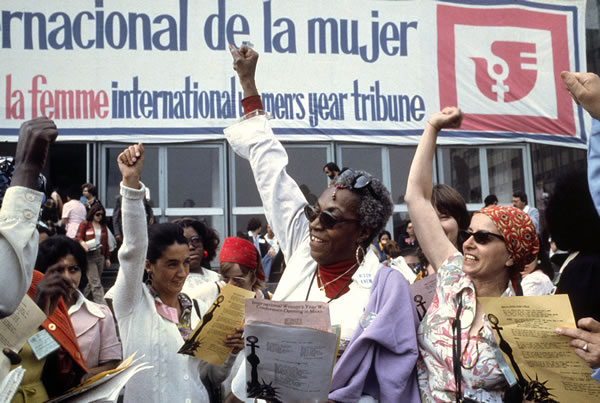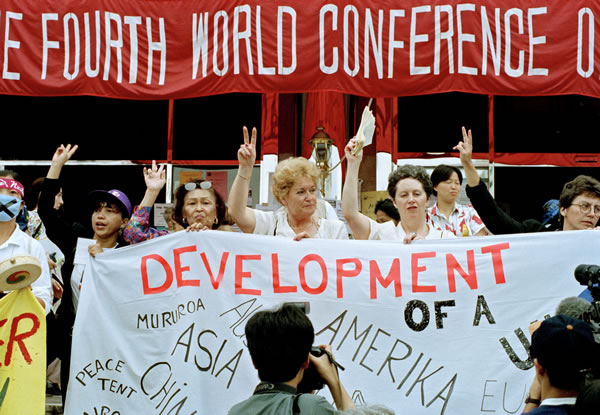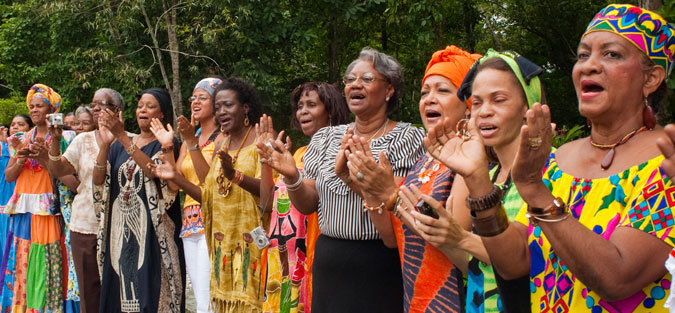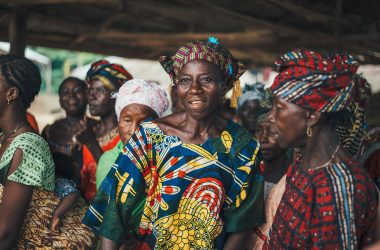
International Women’s Day (IWD) has been observed since the early 1900s – a time of expansion and turbulence in the industrialised world. Great unrest and critical debate were occurring amongst women. Oppression and inequality were spurring them to become more vocal and active in campaigning for change.
In 1910, Clara Zetkin (Leader of the ‘Women’s Office’ for the Social Democratic Party in Germany) tabled the idea of an International Women’s Day. She proposed that every year in every country there should be a celebration on the same day, a Women’s Day, to press for their demands.
It was in 1913, that Russian women observed their first International Women’s Day, and after World War II, 8 March started to be celebrated in several countries. In 1975, during International Women’s Year, the United Nations (UN) began celebrating the date as International Women’s Day.

Celebrating themes to help women forge a more inclusive world
In 1996, the UN announced its first annual theme “Celebrating the past, Planning for the Future” which was followed in 1997 with “Women at the Peace table”, in 1998 with “Women and Human Rights”, in 1999 with “World Free of Violence Against Women”.

With the beginning of the new millennium, new ideas were needed to re-ignite International Women’s Day. In 2001 the internationalwomensday.com platform was launched with the specific purpose of re-energising the day and inviting mass participation – a focus that continues to this day – by celebrating and making visible the achievements of women, while continuing the call for accelerating gender parity.
Since then, the use of technology has been helping women to connect, publish and promote events, share information about the day, wider gender issues, and celebrate achievements.
2000 – 2019
In the past 20 years, the IWD themes marked different moments in women’s trajectory. From peace, health, violence, equal rights, equal opportunities, access to education, rural women, and empowerment, all the campaigns have helped make the commemoration a rallying point to build support for women’s rights and participation in the political and economic arenas.


2020 and beyond
2020 started with a new vision where through innovation women advance to gender equality, a sustainable future, technology, and equity. DigitALL: Innovation and technology for gender equality, the 2023 theme, aims to address the gender divide in the access to technology. People start from different places, which means equal opportunities are not enough. True inclusion and belonging require equitable action and making sure everyone receives the resources and opportunities needed to achieve an equal outcome.


IWD themes over the years
| 1996 | Celebrating the Past, Planning for the Future |
| 1997 | Women and the Peace Table |
| 1998 | Women and Human Rights |
| 1999 | World Free of Violence Against Women |
| 2000 | Women Uniting for Peace |
| 2001 | Women and Peace: Women Managing Conflicts |
| 2002 | Afghan Women Today: Realities and Opportunities |
| 2003 | Gender Equality and the Millennium Development Goals |
| 2004 | Women and HIV/AIDS |
| 2005 | Gender Equality Beyond 2005; Building a More Secure Future |
| 2006 | Women in Decision-making |
| 2007 | Ending Impunity for Violence Against Women and Girls |
| 2008 | Investing in Women and Girls |
| 2009 | Women and Men United to End Violence Against Women and Girls |
| 2010 | Equal Rights, Equal Opportunities: Progress for All |
| 2011 | Equal Access to Education, Training, and Science and Technology: Pathway to Decent Work for Women |
| 2012 | Empower Rural Women, End Poverty, and Hunger #AskUNWomen |
| 2013 | A Promise is a Promise: Time for Action to End Violence Against Women |
| 2014 | Equality for Women is Progress for All |
| 2015 | Empowering Women, Empowering Humanity: Picture it! |
| 2016 | Planet 50–50 by 2030: Step It Up for Gender Equality |
| 2017 | Women in the Changing World of Work: Planet 50-50 by 2030 |
| 2018 | Time is Now: Rural and urban activists transforming women’s lives |
| 2019 | Think Equal, Build Smart, Innovate for Change |
| 2020 | “I am Generation Equality: Realizing Women’s Rights” |
| 2021 | Women in leadership: Achieving an equal future in a COVID-19 world |
| 2022 | Gender equality today for a sustainable tomorrow |
| 2023 | DigitALL: Innovation and technology for gender equality |








